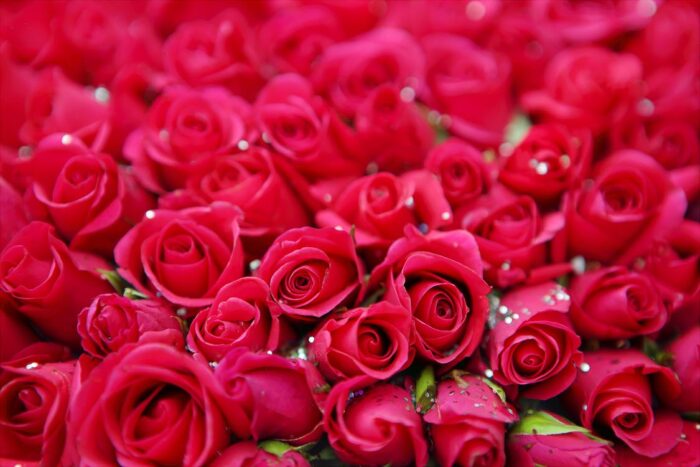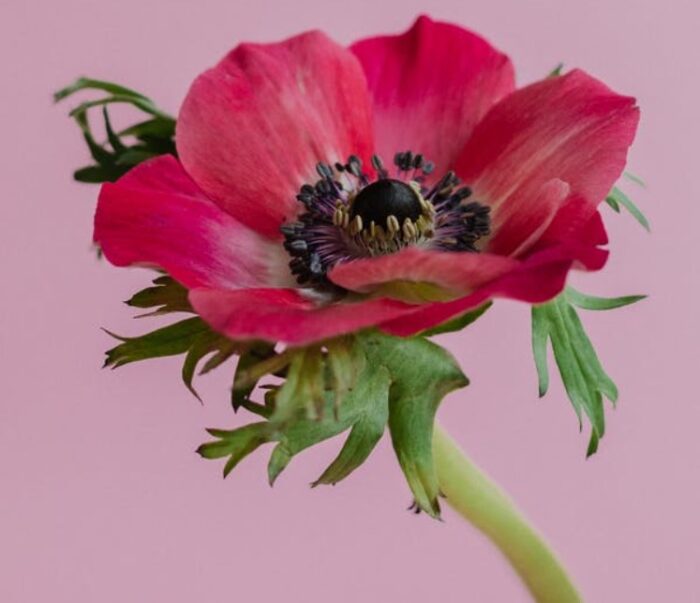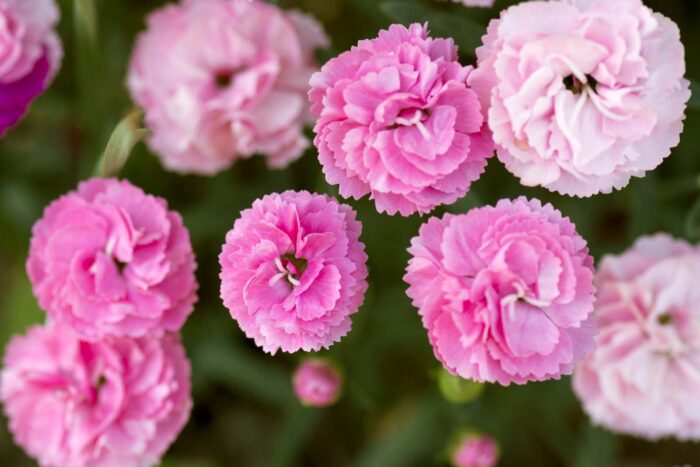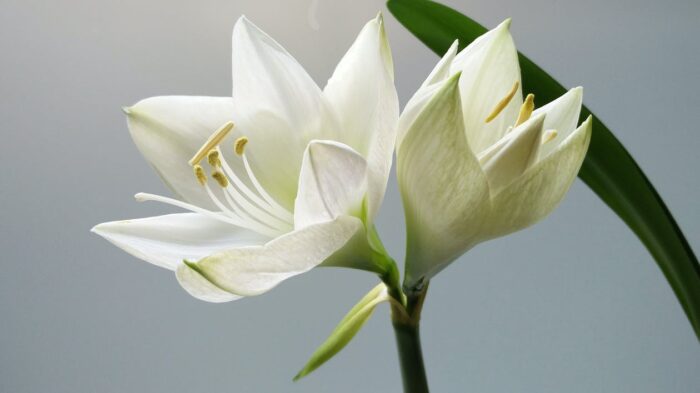
There are hundreds, if not thousands, of different flowers in the world. Flowers that you can find in the bouquets are often grown at garden centers, landscaping companies, plantations, specialist shops, and florists with their own greenhouses.
These can be grown both indoors and outdoors. On this page, you will find the most famous flowers that are processed in the bouquets by our partners. Many flower shops work with these flowers (and of course many others).
Bouquets with different flowers
When you order a bouquet through an online florist, it is of course not the case that only 1 type of flower is processed. All bouquets are composed of several types of flowers (of course there are some exceptions such as the rose bouquets and tulip bouquets).
This is mainly due to the significance of these flowers. When we look at the field bouquets/picking bouquets, they sometimes contain up to 30 different types of flowers. The same applies to the range of dried flowers.
What are the most beautiful flowers?

What the nicest and happiest flowers are is of course very personal. Maybe you like small flowers more than large flowers, or you have a preference for a certain color. In general, people agree with the following top 10 flowers: Cherry Blossom, Dahlia, Wreath Tree, Canna, Rose, Tulip, White Lotus, Lily of the Valley, Poppy and Plumeria.
Which flowers stay fresh for a long time?
The freshness of flowers mainly depends on the care. Many florists offer a 7-day or 8-day vase guarantee. This fresh guarantee can easily be achieved if you regularly put new clean water in the vase and add the right plant food. The flowers that last the longest are the anthurium, chrysanthemums and carnations.
Anemone

A plant that occurs both on land and in (sea) water, that is the anemone. Of course, the marine polyps are in no way related to the colorful anemones on land, but it does cause some confusion.
The anemones we are now discussing are members of the ranunculus family and are in the illustrious company of the columbine, buttercup, aconite, delphinium and of course the ranunculus itself. Depending on the variant, the anemone grows between 50 and 150 cm high, with spring bloomers staying lower and autumn anemones more often exceeding 100 cm.
Carnation
The carnation is a striking flower and comes in countless bright colors. The flower has a long shelf life and a light fragrance. You can style endlessly with this flower, loose in a vase or in a bouquet: everything is possible!
Types of carnations

Carnations are perennial or occasionally annual herbaceous plants with long, narrow leaves. They are gray-green or blue-green in color. In the wild, the flowers are bright purple-pink in color but cultivated they can now also be found in red, white, yellow, salmon, green, and various two-tone varieties. The plant is found throughout Europe and Asia and flowers in May and June. They are mainly grown in France.
Buttercup
A lawn full of these cheerful yellow flowers is a feast for the eyes. The flower of the buttercup has five yellow petals that shine so beautifully that they look like plastic. But no, this cheerful bee friend is a real plant.
The buttercup is a strange plant. There is no known use or medicinal effect of this plant. As a food source it contributes nothing, and even as a host plant it is not completely useful. It is slightly poisonous and therefore manages to avoid being eaten by livestock.
Insects also rarely eat the plant. However, the most poisonous part of the buttercup is underground, in the roots. And this shows the ingenuity of nature; the flower is thus able to assure itself of enough space around itself. The substance secreted by the roots inhibits the growth of other plants.
The flower itself, on the other hand, is much visited by bees, butterflies and bumblebees. It is a real host plant for them. However, if bees focus entirely on a one-sided diet of buttercups, the protective mechanism still kicks in. The brood of those bees will die.
Lily

The Asiatic lily, the lilium, is the most common lily. The Lily is also for sale at Bloompost.co.uk. Although the name suggests otherwise, this lily grows not only in Asia, but also in Europe and America.
Grown as a cut flower and as a pot plant, the large, trumpet-shaped flowers come in a variety of colorways, both monochromatic and multi-colored. Well-known varieties are the white, red and Turkish lily.
If one flower has a meaning, it is the lily. The lily is literally full of symbolism; she represents amiability, purity, love, fertility, femininity, unity and impermanence, all in one flower.
Plant in spring or autumn
Buy lily bulbs in the spring or fall and plant them directly in the ground. In general, the larger the bulb, the larger the flower. Plant the bulbs about 10 to 15 cm deep.
The distance you have to keep between the bulbs depends on the bulb size. This is usually between 20 and 40 cm. Provide soil that is well-draining and give the bulbs plenty of water, but don’t overdo it.
At the end of the blooming season, you can remove the dead flowers and seed pods. Let the leaves die and then remove them. The longer the bulbs are in a permanent place, the more beautiful and impressive the root ball will grow. We recommend transplanting the bulbs every three to four years to keep them healthy.
Peony

The peony (abbreviated: peony) is a real seasonal flower. When the flower is available is very dependent on the weather. In general, the peony flowers bloom in May and June.
The peony: from ugly duckling to beautiful swan
Few plants conjure up such impressive flowers as the peony. The peony in the bud is really just an ugly duckling. However, once flowering starts, it’s like an explosion: an incredible amount of delicate leaves emerge in no time.
In other words: from ugly duckling to beautiful swan! Perhaps this is why the peony is considered a sign of love, happiness, health, prosperity and blossoming romance.














